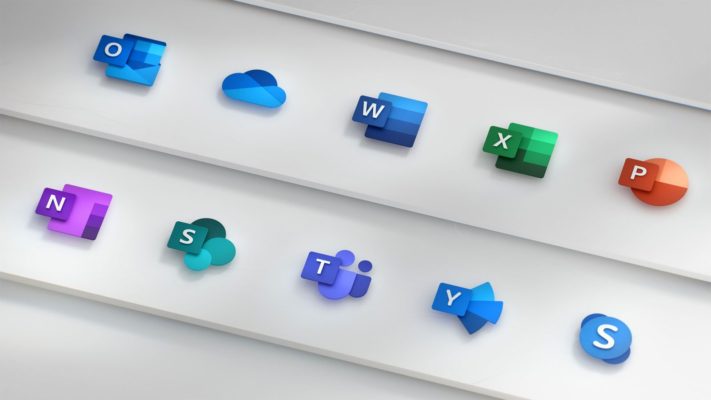Please fill out your details below and one of our team will assist you with you booking.
10998 – Updating Your Skills to SQL Server 2017
2 Days
Intermediate
Instructor-led
Overview
About this course
This two-day instructor-led course is aimed at database professionals looking to update their skills to cover SQL Server 2017.
Audience profile
The primary audience for this course is existing database professionals with experience of SQL Server 2016 who want to update their skills to SQL Server 2017.
The secondary audience is existing SQL Server 2016 MCSAs who want to prepare for the Upgrade exam for SQL Server 2017 certification.
At course completion
After completing this course, students will be able to:
• Describe key capabilities and components of SQL Server 2017
• Describe new and enhanced features in SQL Server Performance, Availability, and Scalability
• Describe new and enhanced features in SQL Server data access
• Describe new and enhanced features in SQL Server reporting and BI
• Describe new and enhanced features in SQL Server OLAP
• Describe new and enhanced data analytics features
• Describe new and enhanced features in SQL Server Cloud deployments
• Describe SQL Server on Linux functionality
• Describe key capabilities and components of SQL Server 2017
• Describe new and enhanced features in SQL Server Performance, Availability, and Scalability
• Describe new and enhanced features in SQL Server data access
• Describe new and enhanced features in SQL Server reporting and BI
• Describe new and enhanced features in SQL Server OLAP
• Describe new and enhanced data analytics features
• Describe new and enhanced features in SQL Server Cloud deployments
• Describe SQL Server on Linux functionality
Prerequisites
In addition to their professional experience, students who attend this training should already have the following technical knowledge:
- Experience of building and managing database, data warehouse, and business intelligence (BI) solutions with SQL Server 2016.
- Familiarity with the Windows Server 2016 operating system and networking.
- Familiarity with Microsoft Office 2016.
Outline
Module 1: Introduction to SQL Server 2017
Module Goal: Describe key capabilities and components of SQL Server 2017
Lessons
- Overview of SQL Server 2017
- Functionality across versions
After completing this module, students will be able to:
- Describe the edition scale limits
- Explain the consistent functionality across versions
Module 2: What’s new in SQL Server Performance, Scalability, and Availability.
This module introduces the performance enhancements provided by Adaptive Query Processing and Automatic Tuning, as well as the scalability and availability enhancements provided by new Availability Group architectures, including Read-Scale Availability Groups and Availability Groups with SQL Server on Linux
Lessons
- Adaptive query processing
- Automatic tuning
- Availability Scalability
Lab : Performance and availability – adaptive query processing
- Interleaved execution
- Batch mode memory grant feedback
- Batch mode adaptive joins
After completing this module, students will be able to:
- Describe adaptive query processing
- Describe automatic plan correction
- Describe availability group architectures
- Describe always on availability groups for Linux
- Describe load balancing of readable secondary replicas
- Describe petabyte-scale data warehousing
Module 3: What’s New in SQL Server data Access
SQL Server 2017 introduces SQL Graph which enables you to define the relationships between your data items in a table rather than calculating them during a query, reducing the query cost and simplifying your data structure.
Lessons
- SQL Graph
Lab : SQL Graph
- Create a Graph database
- Query a Graph database
After completing this module, students will be able to:
- Describe SQL Graph
Module 4: What’s new in SQL Server Reporting and BI
This module describes what’s new in SQL Server reporting and BI.
Lessons
- Power BI report Server
- Reporting Services update
Lab : Reporting and BI
- Deploy Power BI report server
- Add commenting to a report
After completing this module, students will be able to:
- Explain what Power BI report server is
- Use Power BI report server
- Create a Power BI report foe Power BI report server
Module 5: New and Enhanced Features in SQL Server Analysis Services
This module introduces new and enhanced features in SQL Server Analysis Services, with particular emphasis on the tabular data model.
Lessons
- Tabular model updates
Lab : Ragged hierarchies
- View existing reports
- Hide blank members
After completing this module, students will be able to:
- Describe the new features of tabular data models
Module 6: New and Enhanced data Analytics Features
This module introduces new and enhanced data analytics features.
Lessons
- New and enhanced data analytics features
Lab : Data analytics with Python
- Enable external script execution
- Run Python scripts
After completing this module, students will be able to:
- Describe the new and enhanced data analytics features.
Module 7: What’s new in SQL Server in the Cloud
Organizations want the best value from a mixture of cloud services and their existing investment in on-premises hardware and software. This module covers a comparison between the features of Microsoft Azure SQL Database and Microsoft SQL Server 2017, as well as new features that make it easier for you to migrate databases from on-premises SQL Server instances to Azure SQL Database.
Lessons
- Azure SQL database features
- Managed Instances
Lab : Managed instances
After completing this module, students will be able to:
- Explain the different features available in Azure SQL database and SQL Server 2017
- Describe Azure managed instances
Module 8: SQL Server on Linux
This module covers the features of SQL Server on Linux, as well as the process for deploying SQL Server on Linux and using Docker.
Lessons
- SQL Server on Linux
- Deploying SQL Server on Linux
Lab : SQL Server in Docker containers
- Deploy a SQL Server Docker image
- Run a SQL Server instance inside a Docker container
- Connect to a SQL Server Instance running in a Docker container
After completing this module, students will be able to:
- Describe the features of SQL Server on Linux
- Describe SQL Server on Linux deployment
- Deploy SQL server in a Docker container.
Please enter your details below and we will send you the full course outline.





